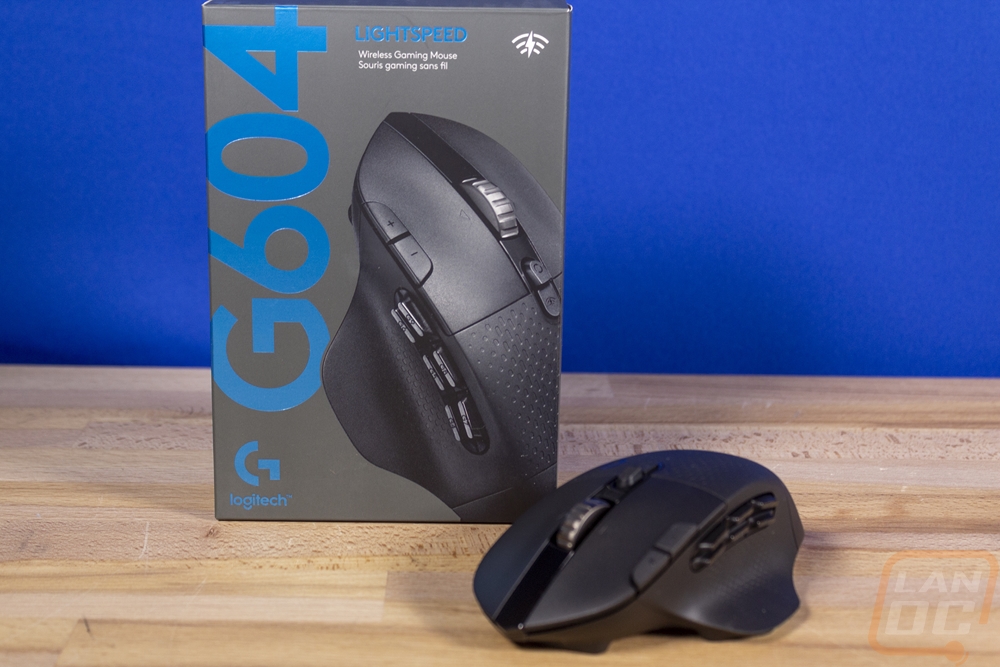
This test is used to reveal any potential issues with angle snapping (non-native straightening of linear motion) and jitter, along with any sensor lens rattle.
#G604 LOGITECH BLUETOOTH#
That having been said, the lowered polling rate as well as the properties of the transfer protocol make Bluetooth mode unsuitable for anything that isn't office usage anyway. Due to the lack of a Bluetooth-enabled device I'm unable to test the Bluetooth mode.

All testing was done using the regular 2.4 GHz "LIGHTSPEED" wireless mode. Consequently, the subsequent tests include any kind of delay without any further differentiation between sensor or wireless delay. In this case the control subject is a G403, whose 3366 has no visible smoothing across the entire CPI range.Īs the G604 is incapable of operating wired, measuring the isolated wireless delay is impossible.

As there is no way to accurately measure motion delay absolutely, it can only be done by comparison with a control subject that has been determined to have the lowest possible motion delay. The goal here is to have as little smoothing as possible. The main thing I'll be looking for in this test is sensor smoothing, which describes an averaging of motion data across several capture frames in order to reduce jitter at higher CPI values, increasing motion delay along with it. Any further sources of input delay will not be recorded in this test. Motion Delay"Motion delay" encompasses all kinds of sensor lag. In order to account for the measured deviation, I've set steps of 400, 800, 1550, and 3100 for my testing. As you can see, the deviation isn't too large, but not entirely consistent either, which is a decent result. I've restricted my testing to the four most common CPI steps, which are 400, 800, 1600, and 3200.


 0 kommentar(er)
0 kommentar(er)
